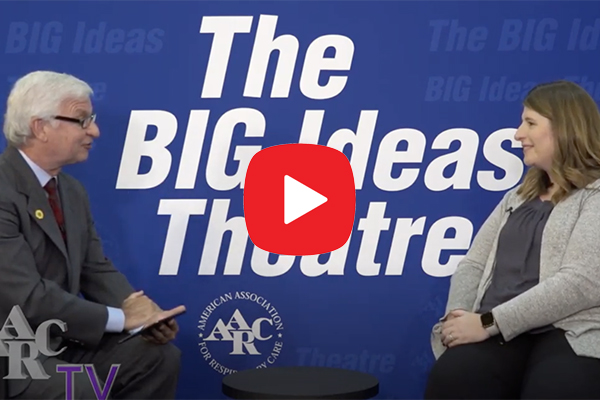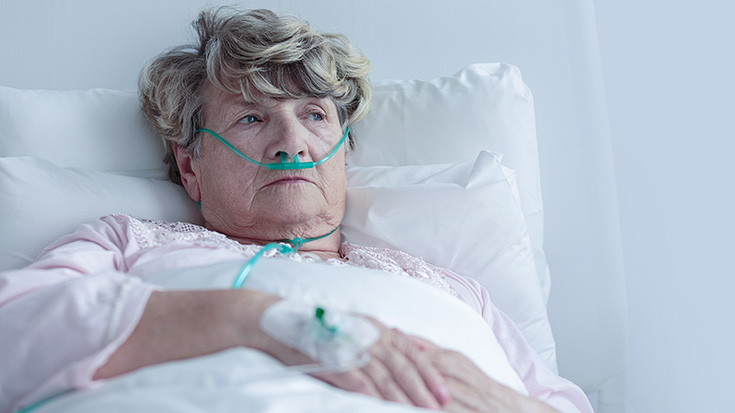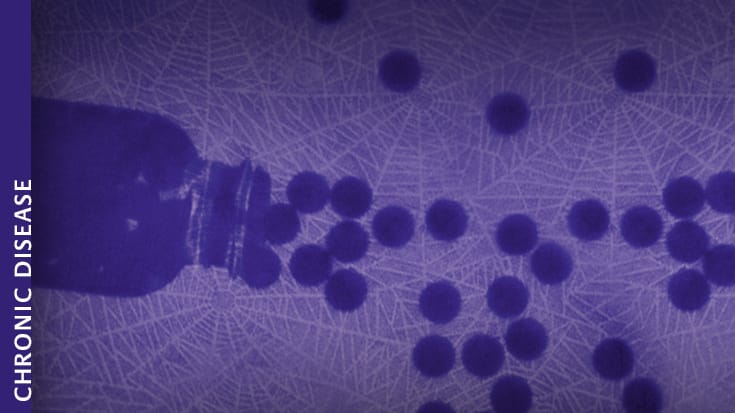
Giving your COPD patients a network of peer support offers a platform for empathy and understanding. It’s a chance to connect with other others experiencing shared challenges and triumphs. AARC Member Kathryn Patterson, BS, RRT, of Gateway Community College, shares tips for developing a peer support group.
Learn from each other
Patterson works in pulmonary rehabilitation in the Healthcare United at GateWay (HUG) Clinic.
“It has afforded me the opportunity to witness first-hand the support these patients give each other as they try to maximize their quality of life by exercising to strengthen physically and learn about their disease to apply self-care,” Patterson said. “They learn a tremendous amount from each other.”
She continued to share that not only do patients learn from each other, she and her students learn many things from them as well.
During their Better Breathers Club program, fourth-semester students regularly present to the participants, inviting the public to even take part and hear their message.
Patterson explained that Better Breathers Clubs through the American Lung Association have been successful in Arizona. Respiratory Therapists like her have been able to run these support groups with the team at the Lung Association providing advertising, meeting ideas, and networking.
Pull from your local connections
She continues to explain that the variety of background experiences found at your hospital serve as an asset in providing an educational component to fuel discussions.
“That’s when the sharing starts,” Patterson said. “Peers with chronic lung disease understand what their counterparts are feeling to a certain extent.”
According to Patterson, while respiratory care professionals can and do support their patients, without having gone through their experiences, it’s hard to know exactly what they feel.
Make an inviting environment
“Snacks are always a helpful tool to make people feel welcome,” said Patterson, explaining they’re not mandatory and not provided during rehab. “Our Better Breathers Club at the Arizona Center for Chest Diseases after clinic hours always has a welcoming snack. Participants love it.”
Email newsroom@aarc.org with questions or comments, we’d love to hear from you.














